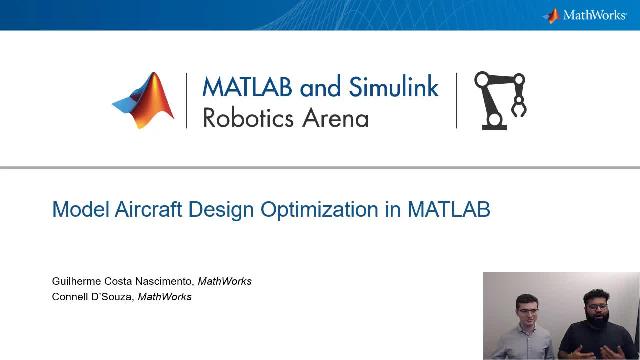Sensitivity Analysis with MATLAB for Student Competitions
From the series: Aerospace
Khushin and Connell present the MATLAB® code for sensitivity analysis for student competitions, available on the MathWorks® GitHub® repository and File Exchange. They discuss the AIAA Design/Build/Fly 2021 competition mission score as a case study and identify the most sensitive design variables to maximize this competition score. You can easily modify the code to fit your requirements and adapt it to determine appropriate design choices to maximize your competition score.
They begin with an overview of sensitivity analysis and its significance in aerospace design competitions. Sensitivity analysis (SA) is a technique employed to gauge the impact of uncertainties in input variables on output variables within a model. In the domain of engineering design, sensitivity analysis is utilized to pinpoint the most sensitive design variables to optimize the design space.
Proceeding further, they delve into the competition score as a case study, scrutinizing various mission scores and identifying the most sensitive design variables across all missions to optimize the mission score.
Published: 20 Dec 2023

